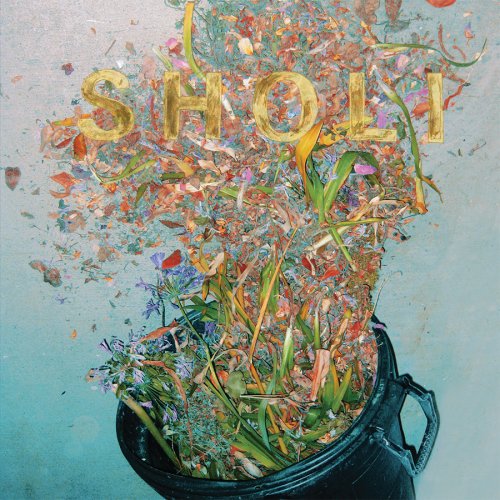
Memory is a fickle thing: memories shift and turn on their own as our pasts become something different in mind than they were in reality. Some may seem lost forever, only to appear in fleeting moments of subconscious clarity.
The story of Sholi began when Payam Bavafa and Jonathon Bafus started playing and writing music with friend Danny Milks while attending UC Davis. “Sholi was a nickname my dad gave my brother and me when we wrestled as kids. I wanted a Persian word that sounded nice in English, and Jon liked that one,” Bavafa says.
The trio played locally, releasing a three-song demo shortly before Bavafa relocated to San Francisco to work as an electrical engineer for an experimental neuroscience lab with a brilliant “mad” scientist. Bavafa spent a year and a half processing brain-waves and analyzing data from studies on sleep and memory. Over time, elements of his work trickled through to his songwriting. Theories of memory explored in the lab found their way thematically into early versions of songs such as “Spy in the House of Memories”, “All That We Can See”, and “Out of Orbit”.
Around this time, Bafus and Bavafa began playing with several different bass players, finally coming together with their old friend Eric Ruud. The band began playing new material live, often with the help of one of Ruud. previous bandmates, Greg Hagel on keyboards and percussion.
In 2006, the band sent self-recorded demos of the songs to Greg Saunier to enlist his help in the creation of a proper album. He responded with great interest, and pre-production began shortly thereafter via email. Saunier sent the band production notes on arrangements and sounds as he listened to the songs while on tour in Spain with his band Deerhoof.
Subsequently, the band booked time at New and Improved Studios in Oakland, where Saunier and engineer Eli Crews helped shape the initial sounds of the album. After 4 days of tracking, Sholi took the album home, deconstructing the recordings and spending the next year breathing new life into the songs in apartments, attics, and living rooms that doubled as makeshift studios throughout Northern California.
In late 2007, the band recorded a politically inspired 7″ entitled Hejrat featuring a re-interpretation of the title track, originally by 70. Iranian pop-diva Googoosh. The record was well-received by the Iranian-American community as well as American critics for its unifying and original concept, eventually leading The Believer magazine to pick up the song for their 2008 Music Issue.
Meanwhile, Saunier continued his involvement with the LP helping in the final mixing stages upon his return from tour in the Summer of 2008.
The result is an album that is as self-assured as it is introspective, as warmly familiar as it is unique, and as complex as it is digestible. Concepts of memory permeate the record, both lyrically and musically, as songs grapple with perspective and perception, conscience and consequence, understanding and upheaval. Interconnected ideas appear; songs often become self-referential, folding in upon themselves. Yet underneath the elaborate musical layers and vivid lyrical imagery, there is something straightforwardly timeless in this debut.


